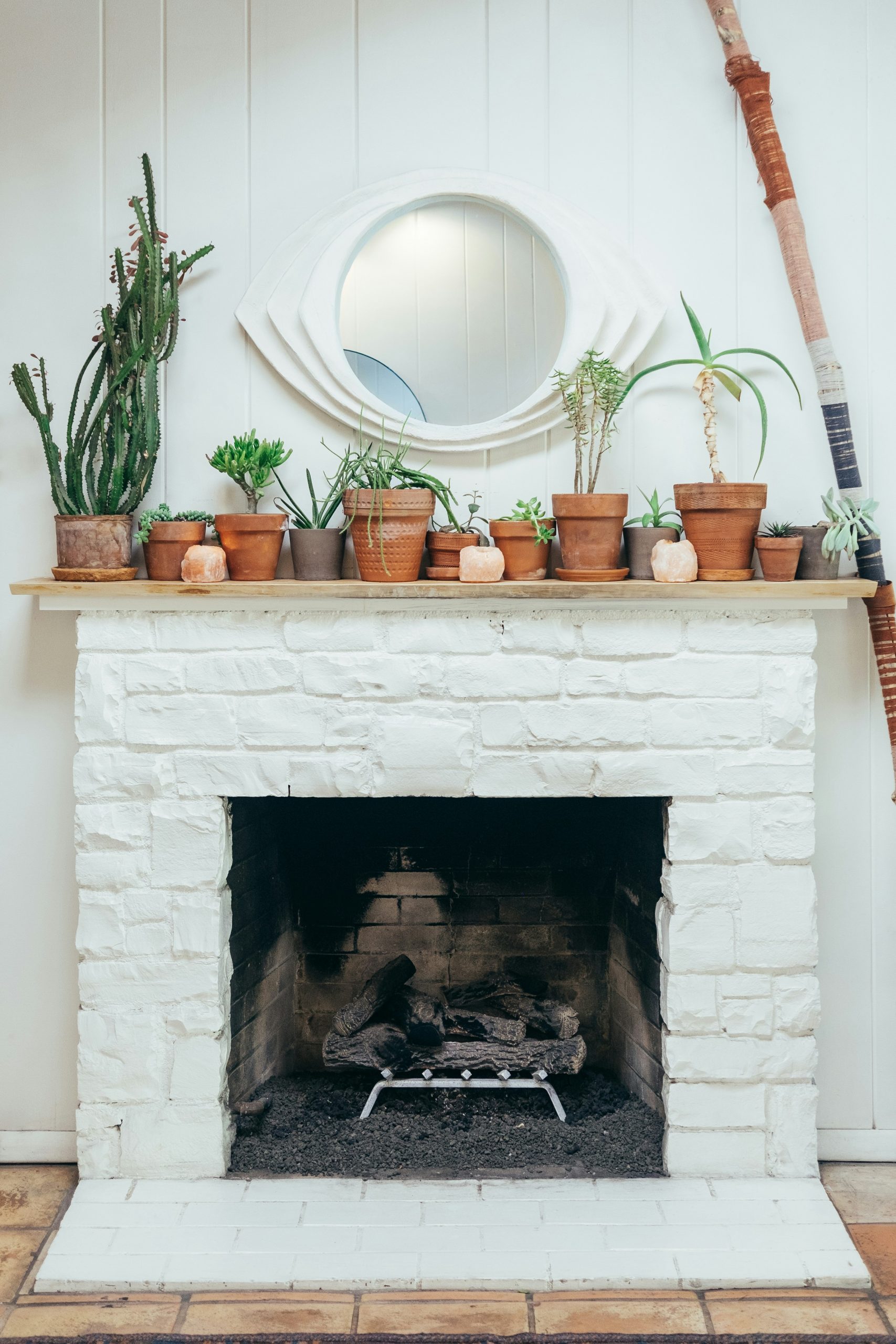As we head into November and the chill settles in, many homeowners look forward to cozying up by the fireplace. But before lighting that first fire, it’s crucial to ensure your fireplace and chimney are ready for the colder months. For Sold by Shearers team, helping homeowners care for their investments is just as important as buying or selling – and maintaining a safe, efficient fireplace is one way to do just that.
Here’s a comprehensive look at fireplace and chimney maintenance essentials to keep your home warm, safe, and cozy all season long.
1. Schedule an Annual Chimney Inspection
A yearly inspection by a certified chimney professional is the first step in fireplace maintenance. A professional will check for blockages, cracks, creosote buildup, and structural issues that might pose a risk when you start using the fireplace again. The National Fire Protection Association (NFPA) recommends an annual chimney inspection to reduce the risk of chimney fires, which can start when combustible materials like creosote accumulate.
2. Clean the Chimney
Cleaning is just as essential as inspection. Even if you don’t use your fireplace frequently, creosote can still build up and obstruct airflow, creating a fire hazard. Creosote is a tar-like residue that sticks to the inner walls of the chimney after wood burning. A certified chimney sweep can remove this buildup and any debris, such as leaves or small animals that may have nested inside over the warmer months. This step is particularly crucial for older homes, where chimneys may have accumulated decades of buildup.
3. Check the Fireplace Damper
The damper is a small, movable plate that controls the airflow through the chimney. Make sure it opens and closes properly. An open damper helps smoke and gases escape while you’re using the fireplace, and a closed damper keeps warm air from escaping when the fireplace is not in use. Damper issues are common in older fireplaces, and resolving them can save you energy costs by reducing draftiness.
4. Inspect and Replace Worn Components
Over time, some components of your fireplace and chimney can wear down. The chimney cap, for instance, prevents animals and debris from entering the chimney but may need to be replaced if damaged. Similarly, inspect the firebox – the inner part of the fireplace where the fire burns – for cracks, gaps, or signs of wear. These can be safety risks as well as sources of drafts, and a professional can advise on repairs if needed.
5. Burn the Right Wood
Choosing the right type of wood is essential for a healthy fireplace. Seasoned hardwoods like oak or maple burn hotter and cleaner than softwoods, producing less creosote. Make sure your wood is dry and seasoned – avoid burning wood that’s been exposed to moisture, as it releases more smoke and potentially dangerous creosote.
6. Consider Installing a Carbon Monoxide Detector
While fireplace maintenance helps keep your home safe, it’s wise to install a carbon monoxide detector as an extra safety measure. Chimneys that aren’t functioning properly can lead to carbon monoxide buildup, which is odorless and dangerous. Detectors give an added layer of protection by alerting you to any issues.
7. Keep the Area Around Your Fireplace Clear
Ensure that the area surrounding your fireplace is free from flammable materials such as books, curtains, or rugs. A three-foot clearance is generally recommended. This helps prevent accidental fires and gives you peace of mind as you enjoy a cozy fire.
Taking these steps now will help you enjoy your fireplace safely and comfortably this season. As real estate professionals, we believe that a well-maintained home is a valuable home. Keeping up with seasonal fireplace and chimney maintenance not only adds to your comfort but also safeguards your home’s value and longevity. Stay warm and safe this winter!

 Facebook
Facebook
 X
X
 Pinterest
Pinterest
 Copy Link
Copy Link



